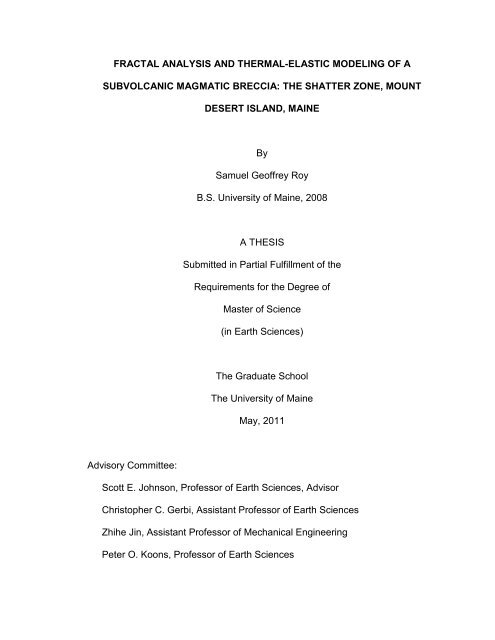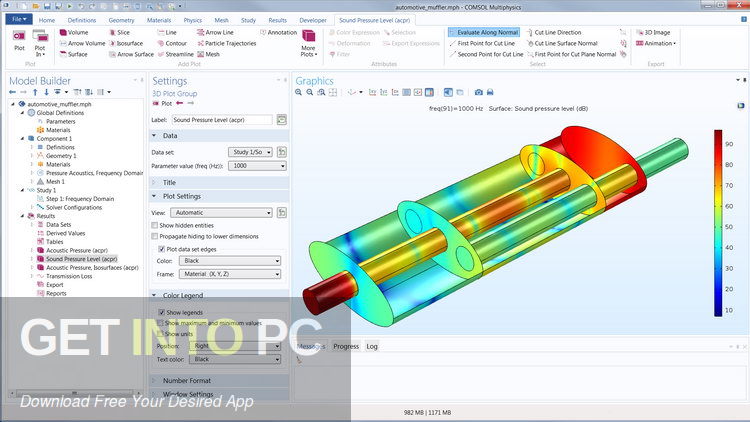


14 In contrast, chondrogenic markers were decreased when chondrocytes were cultured in the presence of a glucose competitor, 2-deoxy-D-glucose. At the same time, expression and synthesis of catabolic markers were suppressed after culture in 5% O 2 saturation. 13 The same oxygen percentage in the medium (5%) was shown to enhance the chondrogenic capacity in pellet culture of human articular chondrocytes even after preculture in a high-oxygen environment. 8 In another study, 5% O 2 saturation of the medium was suggested to have a protective effect on the energy metabolism and nitric oxide production. 7, 12 In an environment with a high oxygen (O 2) concentration, O 2 consumption was inhibited when embedded chondrocytes were cultured in a high glucose concentration. 7–11 Computational models have shown how oxygen and glucose gradients are created in a tissue-engineered construct. Although there has been interest for nutrient gradients, especially oxygen, studies addressing this topic are limited. 7 Given the dual role of glucose in cartilage, we hypothesize that glucose gradients are, in part, responsible for establishing the observed GAG gradients in cartilage.ĭuring development, gradients of morphogens guide cellular processes and time-specific organization of cells. 6 It has been shown that across cartilage from the synovial side to the subchondral bone, a glucose gradient exists. Besides this, glucose is also the most important energy source for chondrocytes as reviewed by Mobasheri. 5 Thus, it can be hypothesized that glucose availability can direct proteoglycan synthesis as it is the starting molecule for carbohydrates present in proteoglycans. This molecule can then be converted in glucuronides, proteoglycans, and GAGs. From there it is further converted to uridine diphosphate (UDP)-glucose and UDP-glucuronate. After conversion to glucose-6-phosphate, it is converted to glucose-1-phosphate instead of entering the glycolysis. 4 Thus, it is the distribution of these components that is important for cartilage function. 3, 4 The amount of GAGs per cell (GAG/DNA) increases from the synovial to the subchondral side. Also, of the other main component of cartilage matrix, the proteoglycans, which function in attracting water and retaining and transporting growth factors, a concentration gradient of glycosaminoglycans (GAGs) is present in hyaline cartilage. Thus, there exists a collagen gradient from a high toward a low concentration starting from the synovial to the subchondral side through cartilage. Collagen type II fibers run parallel to the articular cartilage surface, where its concentration is high to absorb load, bend toward the middle zone, and eventually anchor in the subchondral bone in a perpendicular fashion to optimally distribute the load to the underlying bone. 1, 2 Matrix components are distributed through the tissue in such a way that these functions can be optimally executed.

Reconsidering the culture conditions in cartilage tissue engineering strategies can lead to cartilaginous constructs that have better mechanical and structural properties, thus holding the potential of further enhancing integration with the host tissue.Ĭ artilage is an anisotropic tissue involved in load distribution and facilitation of frictionless movement of joints. From these findings, we concluded that this condition is better suited for matrix deposition compared to 20 mM glucose standard used in a chondrocyte culture system. Furthermore, we found that the glucose consumption rates of cultured chondrocytes were higher under physiological glucose concentrations and that GAG production rates were highest in 5 mM glucose. Indeed, we show that glucose gradients facilitating a concentration distribution as low as physiological glucose levels enhanced a zonal chondrogenic capacity similar to the one found in native cartilage. We hypothesized that culturing chondrocytes in an environment, in which gradients of nutrients can be mimicked, would induce zonal differentiation.

However, few of these devices take into account the existence of gradients over cartilage as a consequence of the nutrient supply by diffusion. Efforts to simulate this native environment have been reported through the use of bioreactor systems. Articular cartilage has a specific nutrient supply and mechanical environment due to its location and function in the body. Reproducing the native collagen structure and glycosaminoglycan (GAG) distribution in tissue-engineered cartilage constructs is still a challenge.


 0 kommentar(er)
0 kommentar(er)
